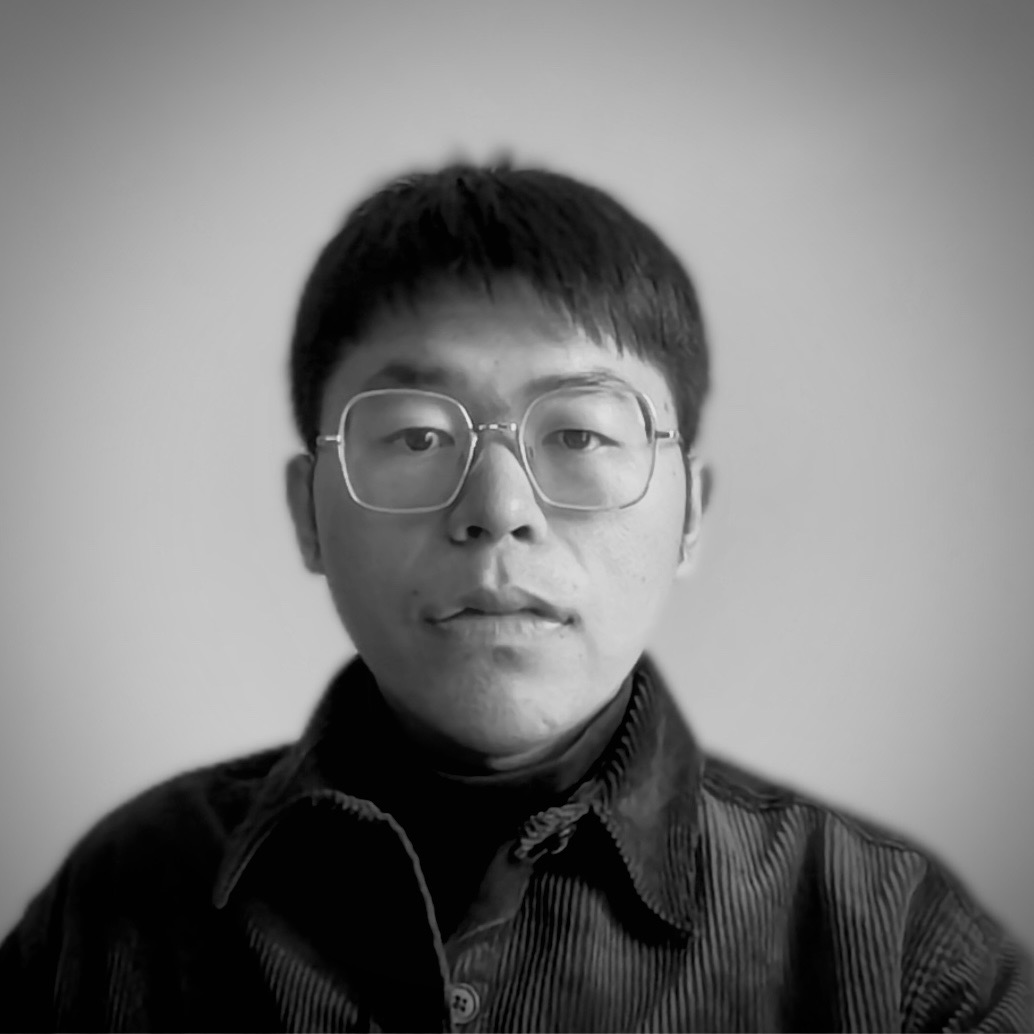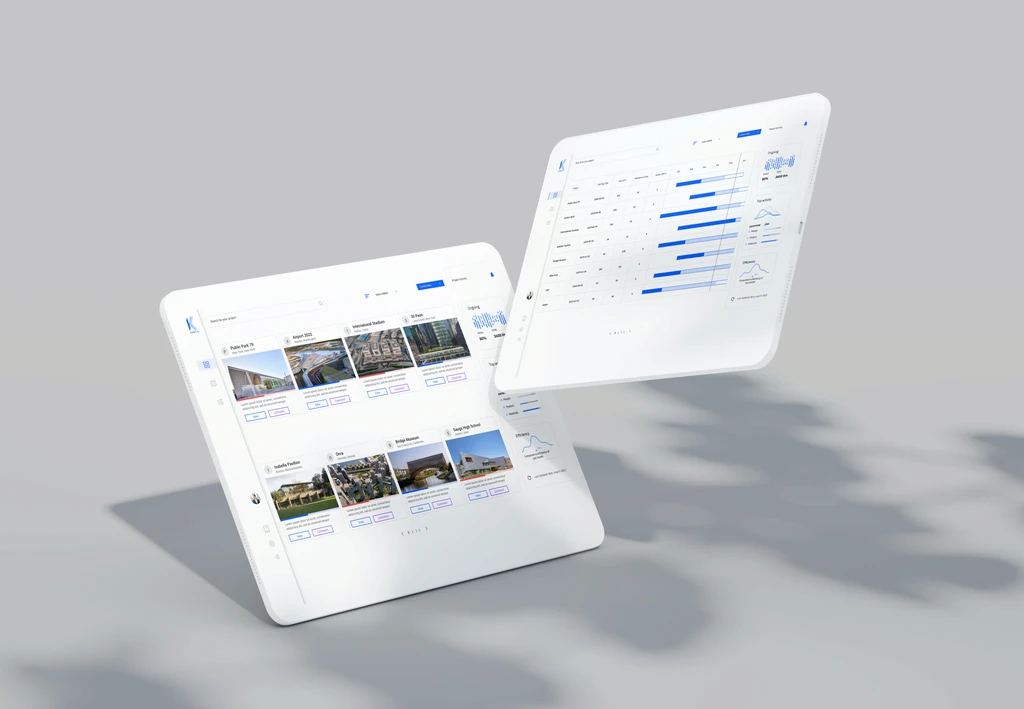Meet Lei Ye | Product designer & Artist

We had the good fortune of connecting with Lei Ye and we’ve shared our conversation below.
Hi Lei, why did you pursue a creative career?
I was drawn to a creative career largely because of the influence of my family, especially my father, who is an architect in China. Growing up, I watched him pour his passion into his work, blending structure with aesthetics to create spaces that serve a purpose and inspire. His commitment to his craft made me see design as more than just visual appeal—it’s about creating meaningful experiences and solving real-world problems.
This early influence set me on a path of exploration, first through my studies and later in my career. I was motivated to pursue design as a way to express ideas and connect with people. I realized that design is a powerful language, one that can spark conversations, raise awareness, and even drive change. Creativity, in my experience, has the unique ability to trigger success in the business world and push social justice forward, especially in the digital domain.
In recent years, I’ve been able to harness design’s potential for impact through projects like Data-Driven Narratives for BLM, which uses data visualization to address social issues and encourage reflection on inequality. Through such work, I’m reminded of why I chose this path: to make a difference through creativity, to continuously grow as a designer, and to push the boundaries of what’s possible, both in business and in advocacy.

Alright, so let’s move onto what keeps you busy professionally?
My career journey has been defined by versatility and a drive to create impactful design solutions. I’ve had the opportunity to work across companies of different industries and sizes, from startups to global firms, which has broadened my perspective and sharpened my adaptability as a designer. Currently, I’m a Senior Product Designer at McKinsey, where I develop internal tools that enhance collaboration and drive efficiency, impacting the daily work of thousands of employees.
What sets me apart is my ability to blend creativity with strategic thinking. I approach design as both an art and a science, using data-driven insights to shape user experiences that are not only visually engaging but also meet business goals. I’m proud of projects like the Client Opportunity Map, which won the American Good Design Award, and the BMA (Box Migration App) that streamlined complex data migration processes for a large-scale user base.
The journey hasn’t always been straightforward. Early on, I had to navigate the challenges of defining my unique design voice and mastering the ability to work across diverse teams and industries. Mentorship played a pivotal role here, especially through guidance from Yue Wu at McKinsey, who helped me deepen my understanding of UX design, and from Nicholas de Monchaux, who taught me the importance of storytelling in design.
Looking back, I’ve learned that success requires resilience, openness to feedback, and a commitment to continual growth. Each experience has added a new layer to my approach, allowing me to design with a blend of empathy and precision. My career is about making an impact through meaningful design, and I’m excited to keep pushing the boundaries of what’s possible.

Any places to eat or things to do that you can share with our readers? If they have a friend visiting town, what are some spots they could take them to?
If my best friend were visiting, I’d make sure to show them the mix of Boston’s history, culture, and natural beauty. We’d start with the Freedom Trail for some iconic historical sites, then explore the art scene at the Isabella Stewart Gardner Museum. For dining, I’d take them to local favorites like Union Oyster House for classic New England fare and Row 34 in the Seaport District for fresh seafood.
One of my favorite spots is Manchester-by-the-Sea, the same beautiful location from the film. We’d spend a day there, taking in the scenic coastline and relaxed atmosphere. To round out the trip, we’d visit Harvard Square in Cambridge to experience the college town vibe and maybe take a day trip to Cape Cod or Salem. Boston and its surroundings offer such a great blend of history, culture, and natural beauty—it’s always a fun place to share with friends.

Who else deserves some credit and recognition?
I absolutely believe that any success I’ve achieved is thanks in large part to the incredible support, mentorship, and encouragement I’ve received along the way. First, I’d like to dedicate my shoutout to my family whose career in architecture inspired me to pursue a creative path. Their influence taught me that design can be both functional and inspiring, and his commitment to his work is a reminder of what it means to truly dedicate oneself to a craft.
I am also deeply grateful to Nicholas de Monchaux, my advisor, who introduced me to design philosophy, visual representation, and the art of storytelling. His guidance helped me see design as a tool for shaping narratives and creating impact, not just through aesthetics but through thoughtful, meaningful work.
Additionally, I owe a lot to Yue Wu, a design expert from McKinsey, who was instrumental in leading me into the world of UX design. Yue helped me discover my path in this field, encouraging me to think critically about user experiences and guiding me in my early career development.
Finally, I owe a great deal to the design communities I’m part of, especially the Academy of Interactive and Visual Arts, where I serve as a juror. This community constantly inspires me to push boundaries and think more critically about design’s role in society. All these influences combined have propelled me forward and reminded me that success is always a shared effort.
Linkedin: https://www.linkedin.com/in/ye-lei/


